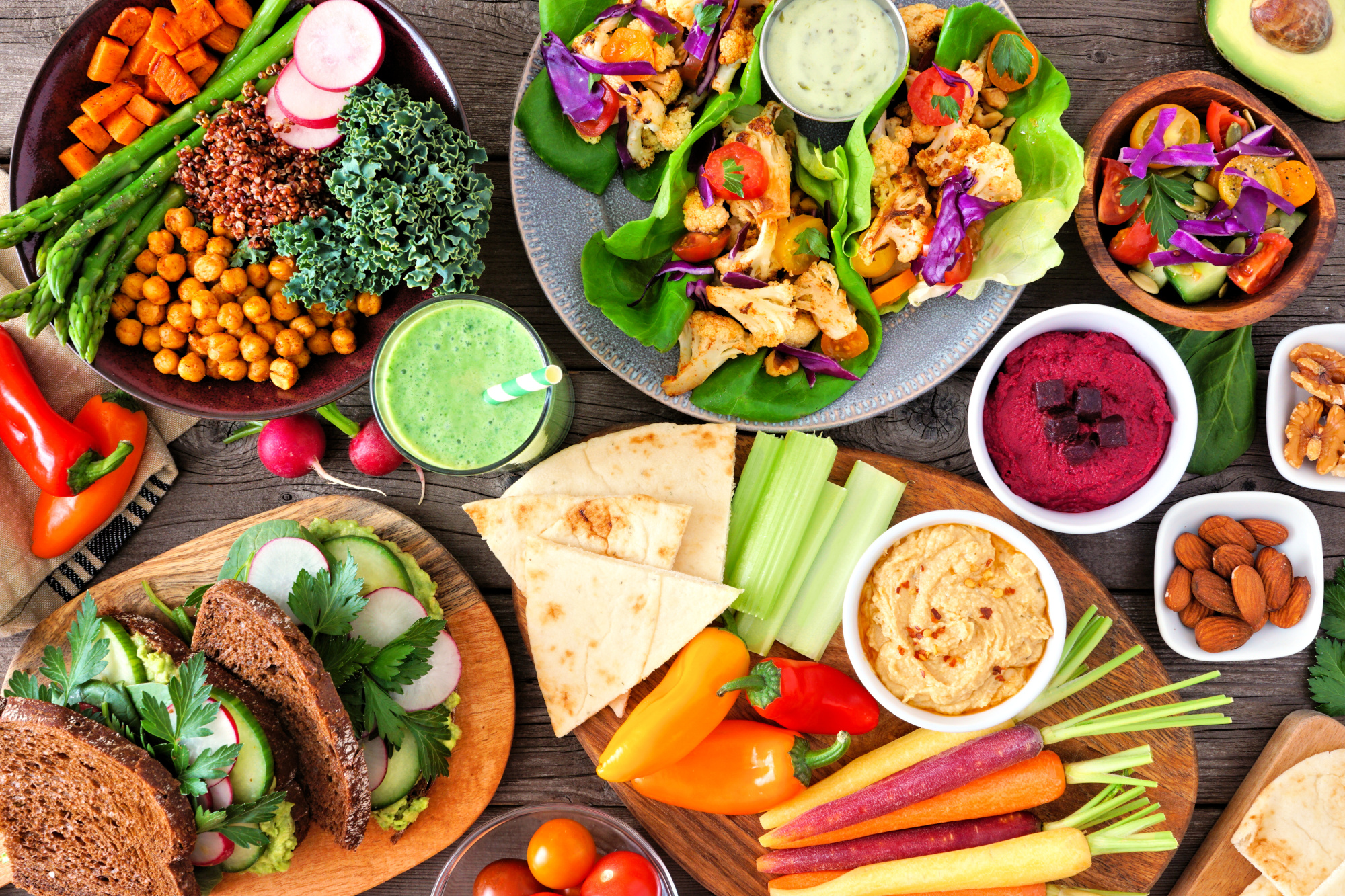ProVeg reveals which menu layouts prompt people to pick the most veggie meals
- Presenting veggie options twice – both mixed into the main menu, and in a segregated veggie section – increased selection of veggie meals by 102%.
- Presenting meat-based and veggie options together led to an 86% increase in the selection of veggie options.
- But segregating meat-based and veggie meals reinforced the view that plant-based meals are different, which mixed eaters interpret as meaning ‘not for me’.
A survey carried out by global food awareness organisation, ProVeg International, has found that people are significantly more likely to choose plant-based options in restaurants if those options are both integrated into the main menu and featured in a separate vegetarian section.
“The use of menu design can actively promote the consumption of plant-based foods and help people to transition to more climate-friendly diets. Our survey has uncovered simple strategies to achieve that, which we hope the catering industry will employ to good effect,” Jasmijn de Boo, Vice President of ProVeg International, said.
Plant-based foods emit half as much greenhouse gas as animal-based foods, so it is vital that people are encouraged to choose more plant-based options. The most recent Intergovernmental Panel on Climate Change (IPCC) has also pointed out the importance of more plant-based diets to bring down carbon emissions and support biodiversity.
“Segregated and doubled” works best
The ProVeg survey, which interviewed 1,000, mostly omnivore, people, explored how four different menu designs impact the likelihood of meat-eaters choosing vegetarian options.
One of the main findings was that the most effective menu for triggering the selection of plant-based meals was the “segregated and doubled’ menu.
The “segregated and doubled” menu is where the vegetarian options are presented twice – both mixed into the main menu, and in a segregated vegetarian section. Compared to a completely segregated menu design, displaying vegetarian items in this way led to a 102% increase in the selection of vegetarian options.
“Mixed, labelled” menu does well
The survey found that a menu described as “mixed, labelled” also helps to direct consumers to plant-based meal selection. This menu listed 18 options together, with the vegetarian and meat options mixed and vegetarian options labelled with a (v).
With this menu design, 16.4% of meat-eating respondents chose vegetarian options, compared with 83.6% who chose meat-based options.
“Mixed, unlabelled” menu does better
But a menu described as “mixed, unlabelled” and presenting the same mix of 18 vegetarian and meat options, but with the vegetarian options unlabelled, did better.
With this menu design, 16.9% of meat-eating respondents chose vegetarian options, while 83.1% chose meat-based options.
“Segregated” menu falls short
A “segregated” menu presenting the nine meat options and the nine vegetarian options in a different section of the menu, with the vegetarian section labelled with (v)s performed the poorest in terms of attracting diners to eat plant-based meals.
With this menu design, 8.8% of meat-eating respondents chose vegetarian options, compared with 91.2% who chose meat-based options.
Menu integration more important than menu labelling
Dietary symbols are important for consumers who are seeking a guarantee that a product is vegan or vegetarian. However, these consumers typically make up less than 10% of the total market.
ProVeg is therefore recommending putting less focus on menu labelling and more focus on menu integration.
Flexitarians abound
As part of the survey, consumers were also asked about their eating habits. A total of 32% of respondents described themselves as ‘flexitarian’, meaning they are reducing their meat consumption, while 59.3% follow an omnivorous diet.
“ProVeg is responding to the growing number of people who wish to reduce their meat consumption by providing key resources for manufacturers, retailers and food service providers to better appeal to flexitarians,” De Boo said.
As well as providing regular reports for industry, ProVeg also runs an Incubator scheme which helps to accelerate alternative protein products to the market through financial support and communications and regulatory expertise.
ENDS
Notes to Editors
For media inquiries, email Peter Rixon at [email protected]
About ProVeg International
ProVeg is an international food awareness organisation working to transform the global food system by replacing conventional animal-based products with plant-based and cultivated alternatives.
ProVeg works with international decision-making bodies, governments, food producers, investors, the media, and the general public to help the world transition to a society and economy that are less dependent on animal agriculture and more sustainable for humans, animals, and the planet.
ProVeg has permanent-observer status with the UNFCCC, is accredited for UNEA, and has received the United Nations’ Momentum for Change Award. ProVeg also has Observer Status at the IPCC.












